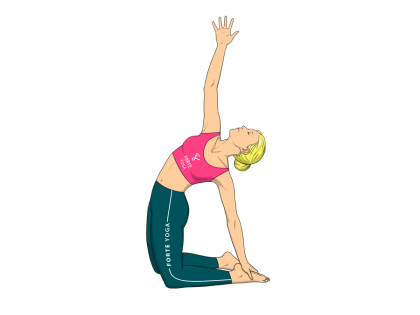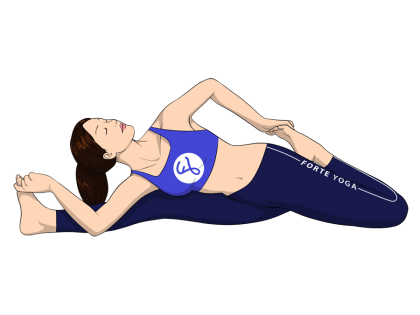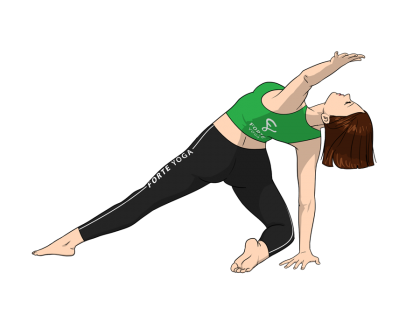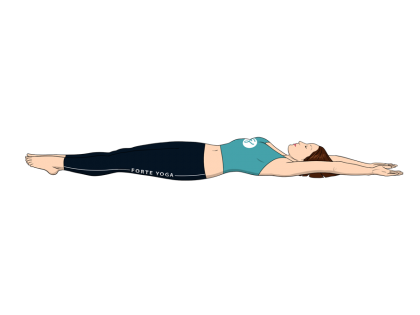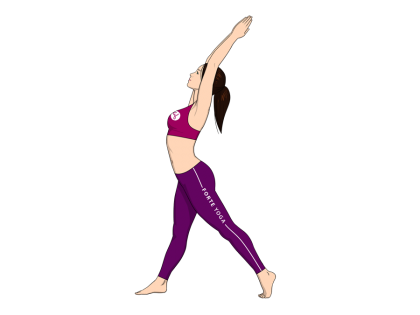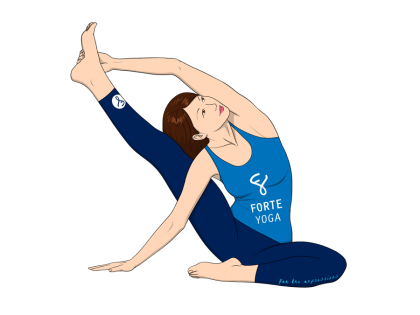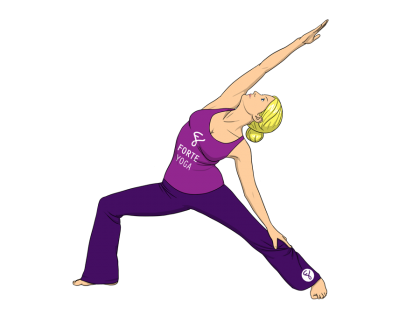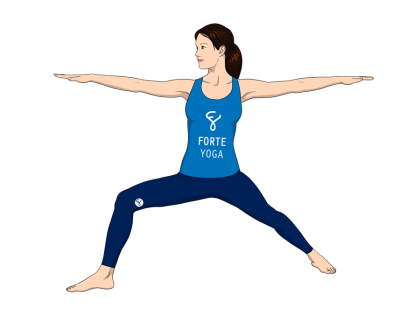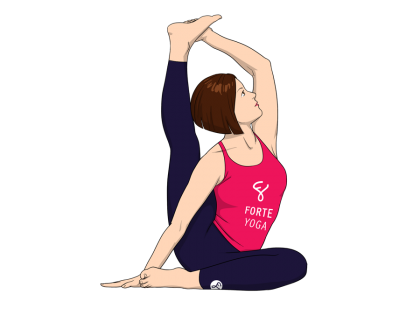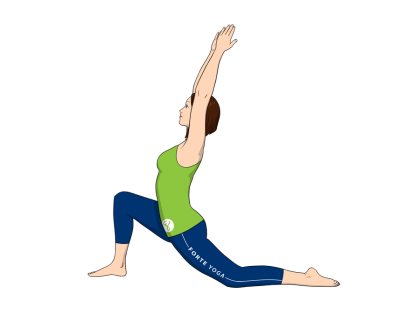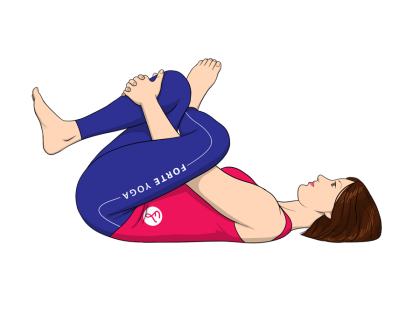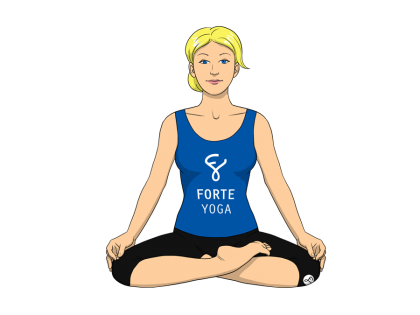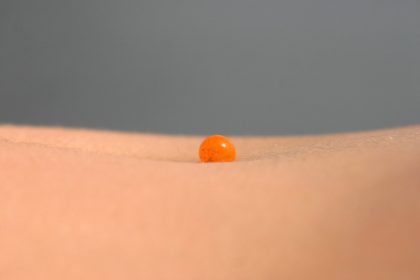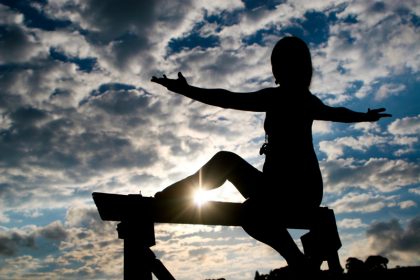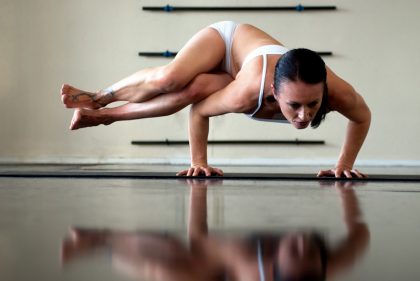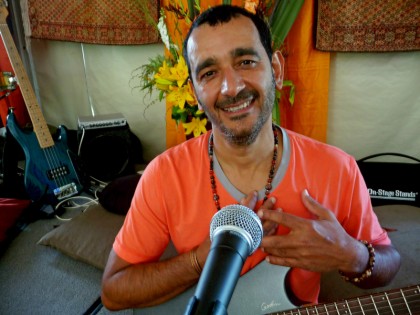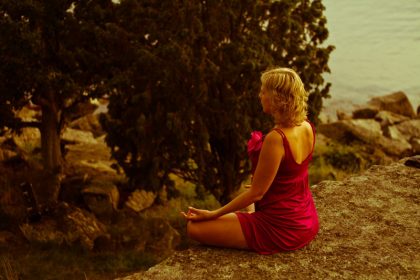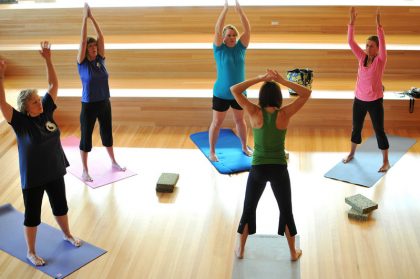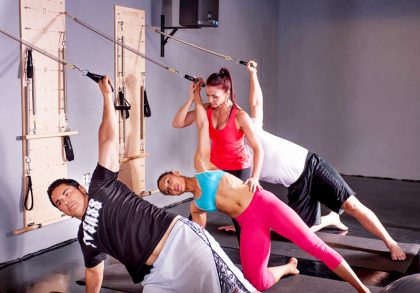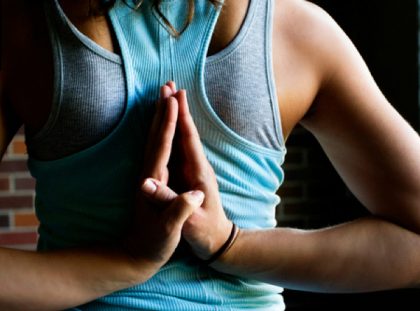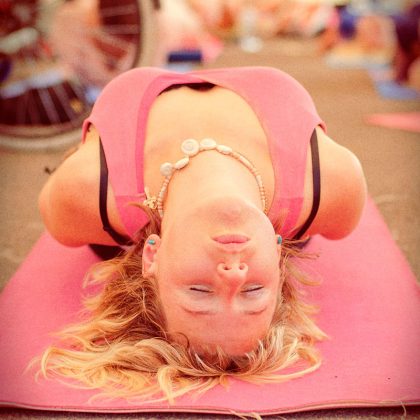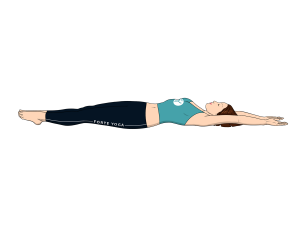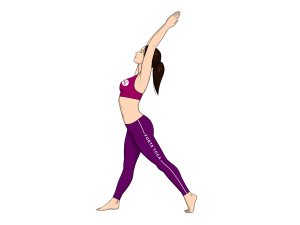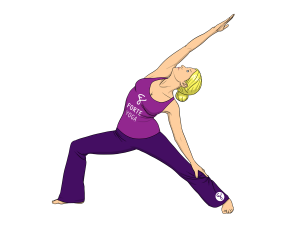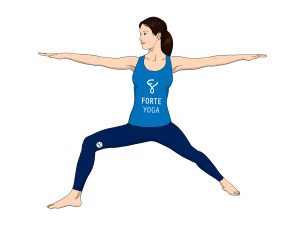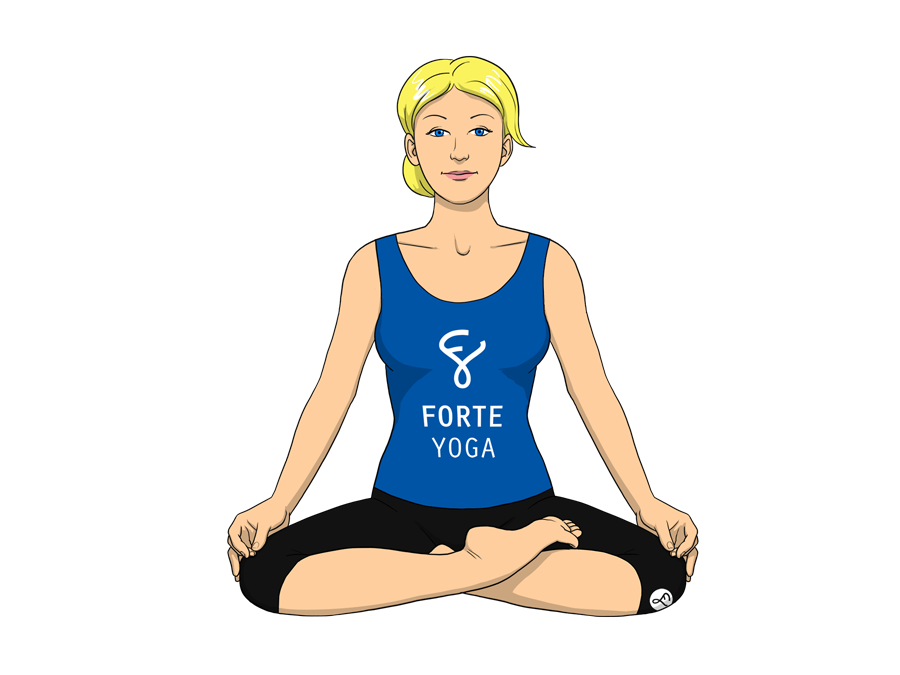
Half Lotus Yoga Pose is a seated pose that targets the knees and ankles and is ideal for yogis and yoginis at all levels.
 sahasrara – the crown chakra
sahasrara – the crown chakra[yoga-sharrre]
- Start in the Staff Pose (Dandasana), sitting flat on the ground with your legs extended straight in front of you and back straight.
- Bend your right knee and draw your right heel in toward your groin, creating a 4-shape with your left and right legs. Keep your leg relaxed; do not push the knee into the floor to deepen the stretch.
- Bend your left knee and cross your leg so your left ankle rests on top of your right hip crease. The sole of your left foot should be facing upwards.
- Place your hands on your knees and make sure to sit up straight – the crown of your head towards the sky and your spine lengthened. Relax your face muscles and close your eyes, or soften your gaze toward a point in front of you.
- Hold for 30-60 seconds or as long as you like, breathing deeply. Come back to the Staff Pose and repeat with the other leg.
- Breathe deeply through each step.
- This pose is a beginner’s variation of the Lotus Pose (Padmasana). If you are unable to enter the Lotus, practice with the Half Lotus regularly until the knees, hips, groin and inner thigh muscles are flexible.
If you are unable to place your foot on your hip crease on its own, do not hesitate to use your hands and arms to help move your legs into position.
Sit on a folded towel or blanket if you’re having trouble balancing.
To prevent your leg from slipping out of the pose, press the back of your thigh into your calf.
When you begin to move your legs, start the motion from the hips and not the knees. The movement is much smoother and easier this way.
If this pose becomes much easier for you or you wish to deepen the pose, begin replacing Half Lotus with the Lotus Pose (Padmasana).
All Muscles: Knees, ankles, inner thighs
Target Muscles: Knees, ankles
- Calms the mind.
- May relieve menstrual pain and sciatica.
- Pregnant yoginis may find prolonged practice of this pose will make childbirth slightly less strenuous.

